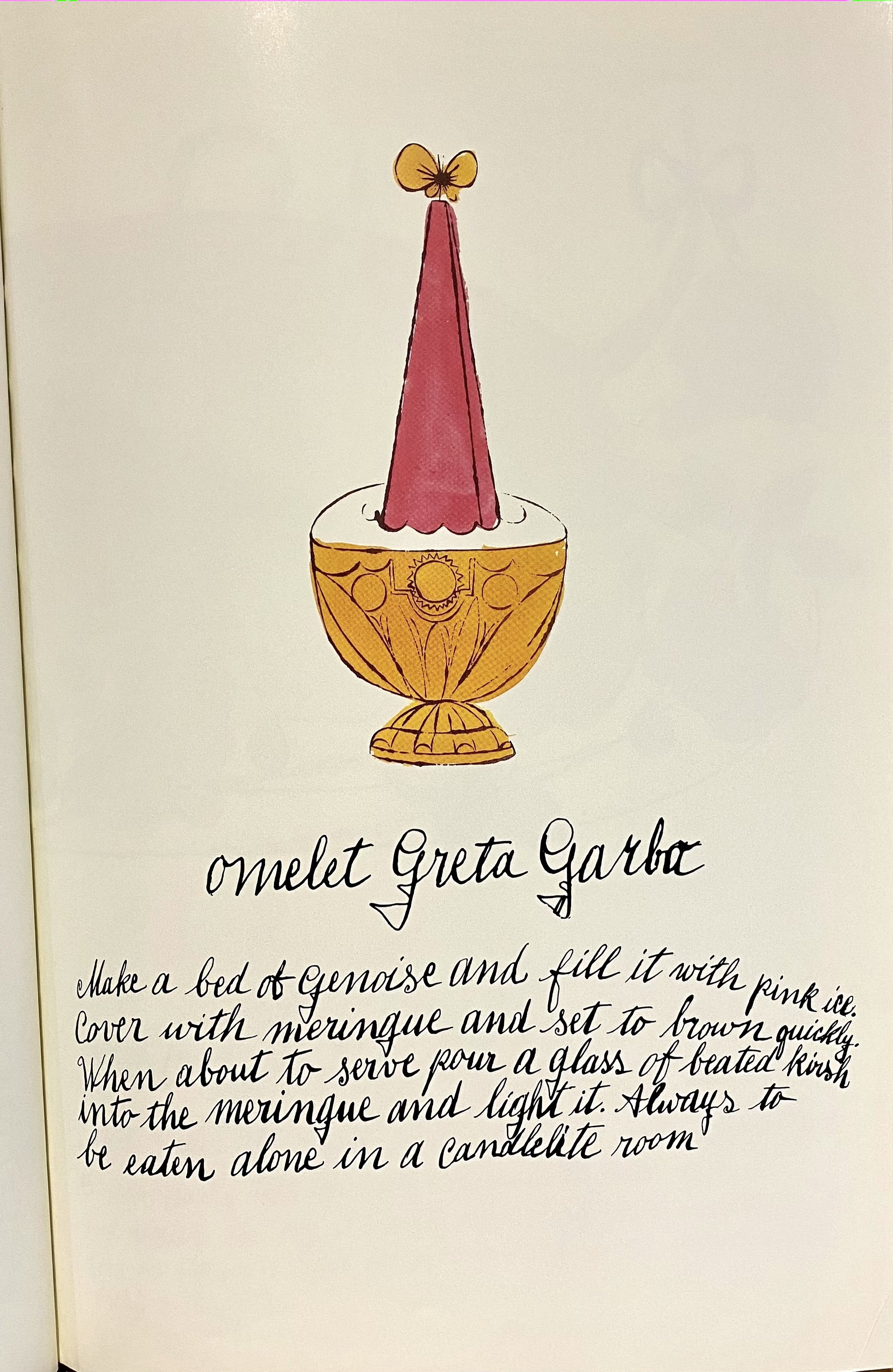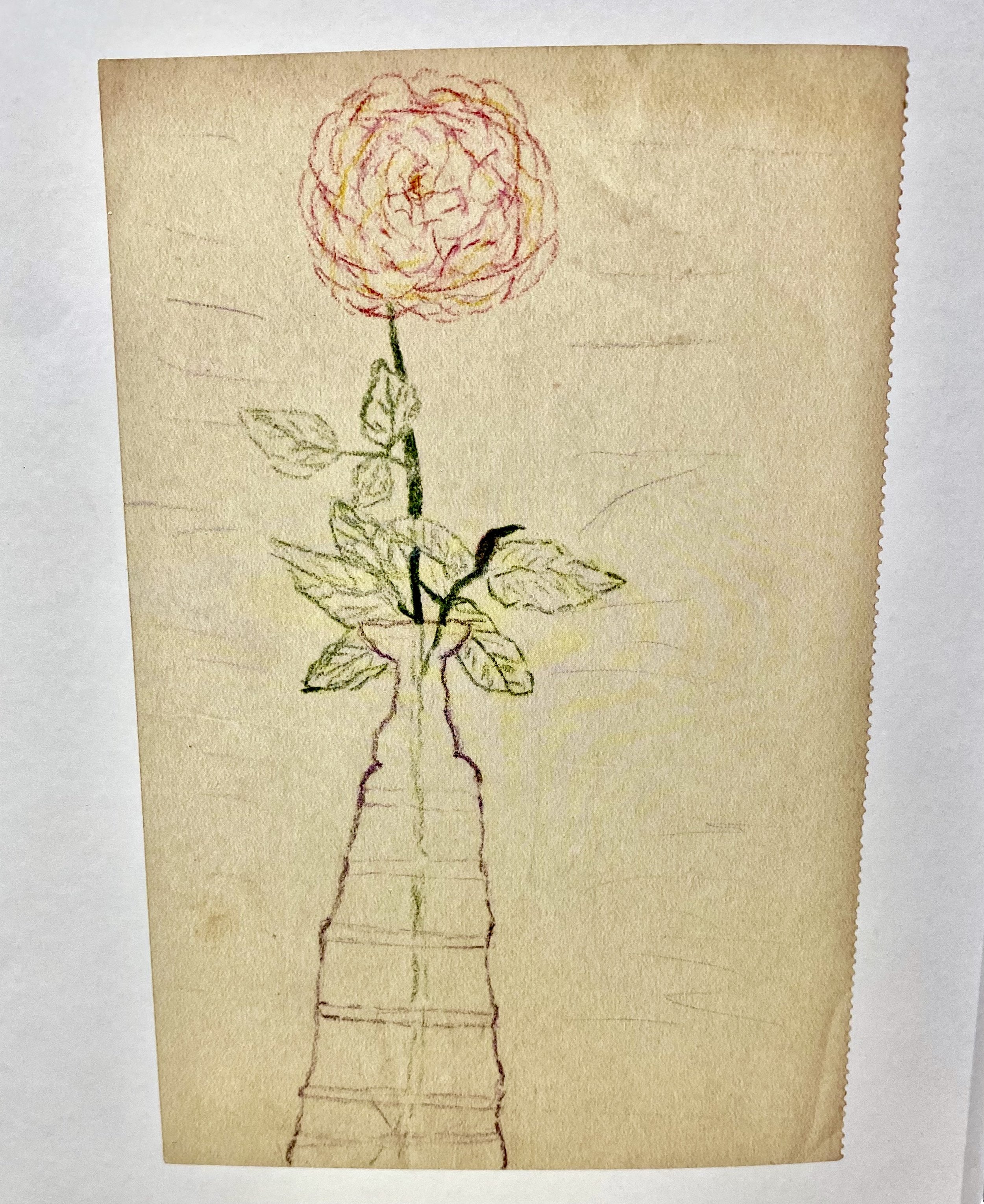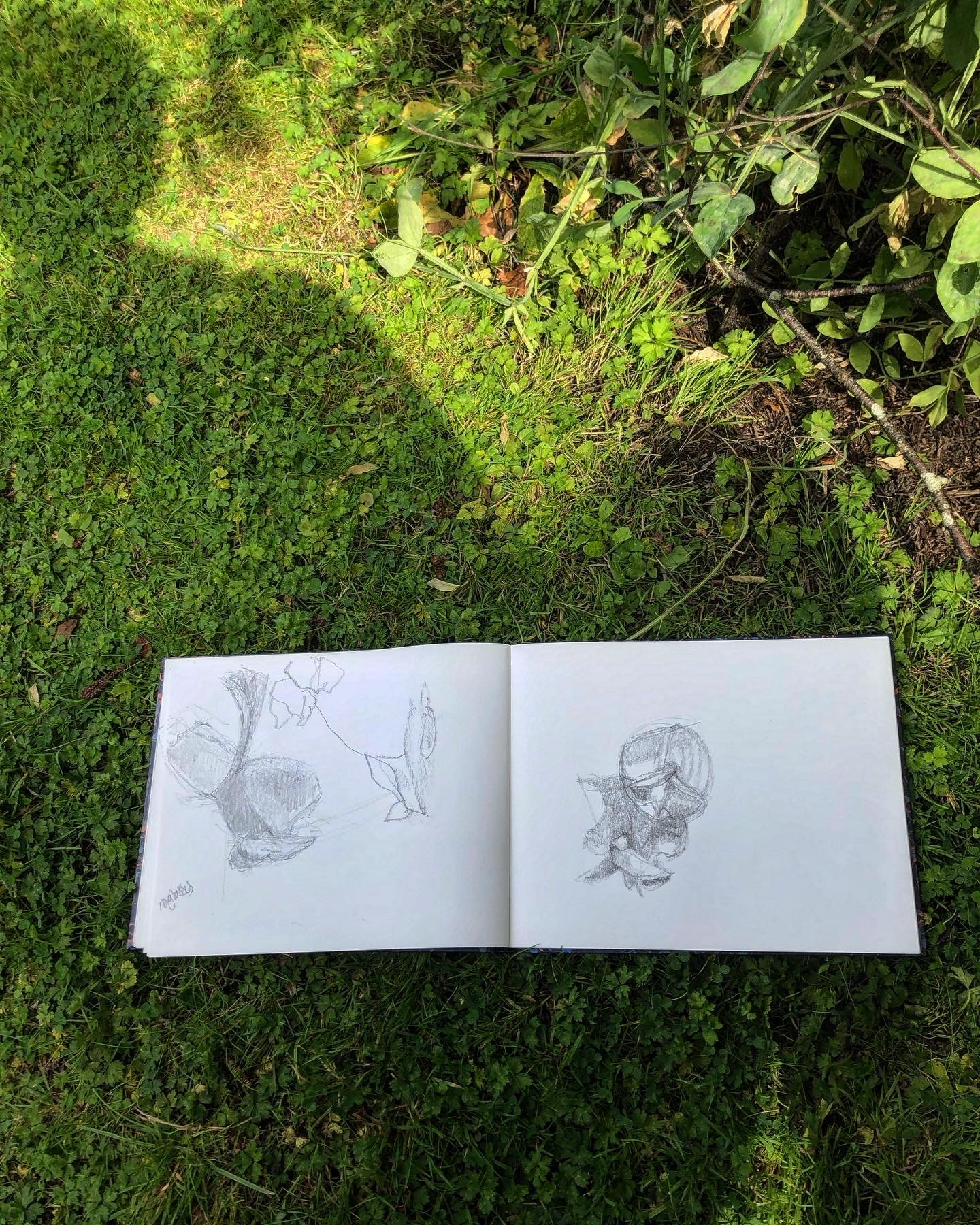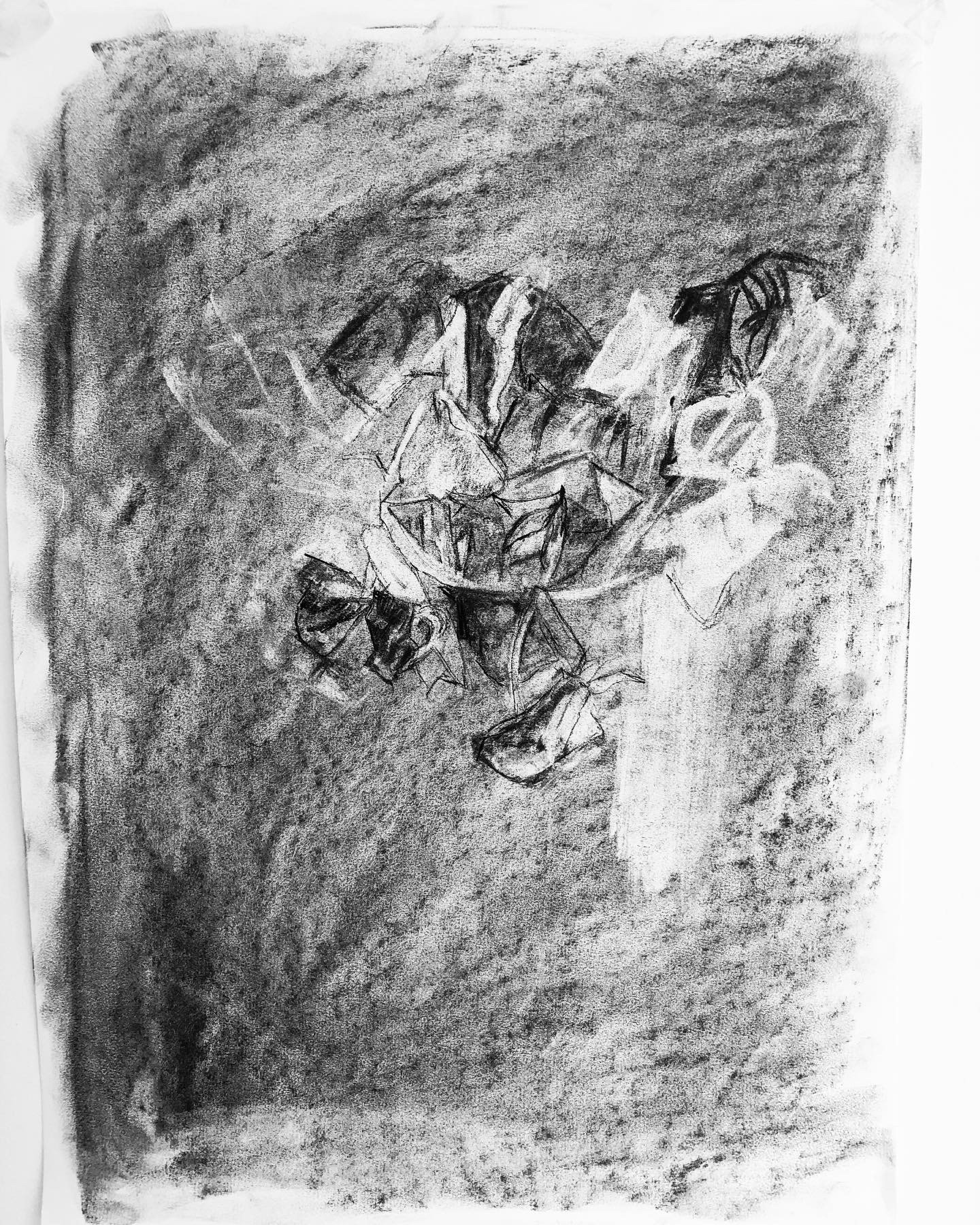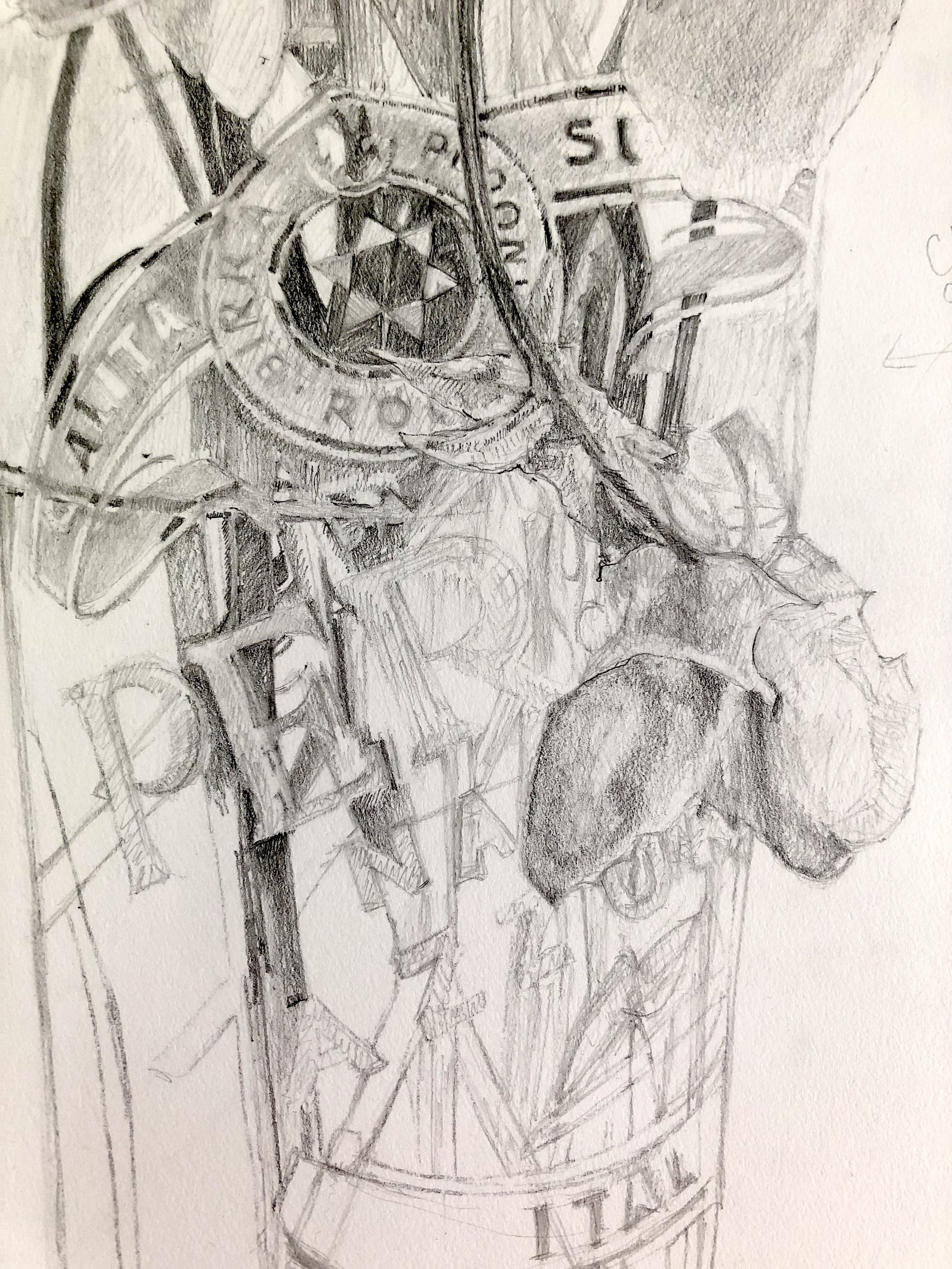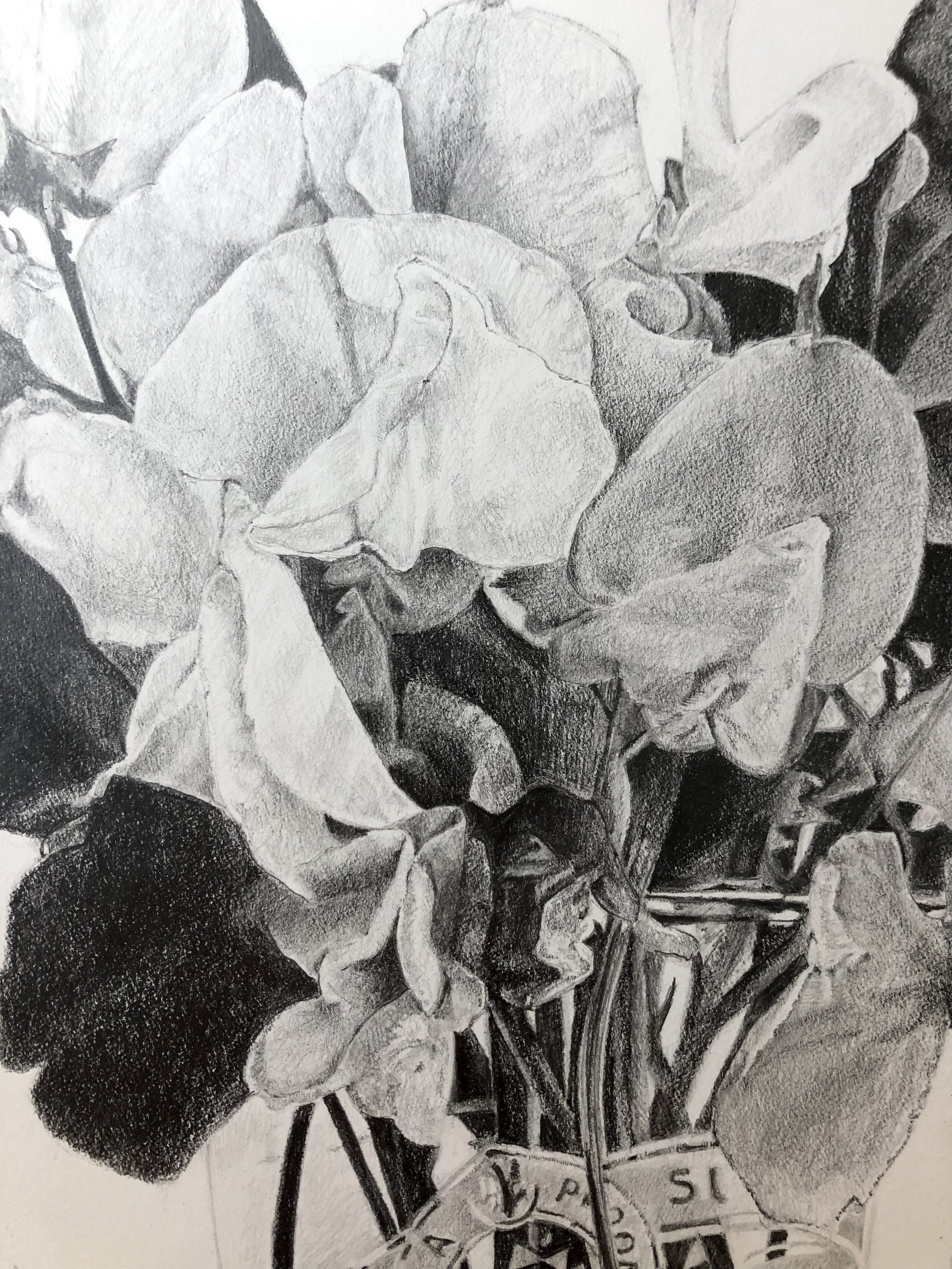Sweet peas are one of my favourite scents of the summer and there is something rather wonderful on a warm summer’s evening, picking handfuls of sweet peas to bring their colour and perfume into the house.
They always remind me of my uncle who used to grow them as cordons, layering them on an A-frame to produce masses of beautiful large blooms. I’m not as dedicated as him, however they do survive my neglectful gardening skills and I tend to plant old fashioned highly scented varieties, letting them scramble up wigwams made from old branches and twigs. Over the years I’ve tried growing different types, but tend to get them muddled up or lose the labels, so find it easier to sow mixes and see what pops up.
The initial idea for this composition was inspired by using a half pint Peroni glass to hold a few stems of sweet peas cut from the garden. I took a photo to remind me of how the stems crossed and slightly changed colour under the water and the way the frosted lettering picked up the greens.
I am still drawn to simple singular shapes or objects and during the time I was thinking about this composition I was remembered an illustration by Andy Warhol ‘Omelet Greta Garbo’ (1) where he draws the pattern of a small dish using the blotted line technique. Although the image is mostly flat I like the simplicity of the curved lines filling the dish to describe cut glass or a moulded surface, especially at the base where they change perspective.
Recently I came across floral still life drawings in a book about Lucian Freud (2), created when he was a child sometime in the late 1930s to early 40s. The linear qualities of the vessels are quietly elegant, contrasting with the bolder way he has drawn the plants. Although aware of Freud’s portraits and figures I have only just started to discover his still life and botanical work and I like the way he observes his subjects as they are, including their imperfections.
My drawings in the beginning are mostly rough sketches to understand the structure and form of the flowers. I especially enjoy using charcoal as it stops me from focusing on the details too early and I draw in a much freer way. It was complicated to understand the shapes and forms of the sweet peas, as each flower was at a different stage of opening. It was easier to look at the negative space, using line to describe how they fitted together rather than thinking of them as individuals. They almost take on an abstract quality that was especially noticeable when I came to paint them in watercolour.
Having staged the still life I photographed it and enlarged the image using the grid method. I find subjects that perish quickly easier to draw in detail from photographs than real life. It’s very different way of drawing with less spontaneous marks, however it gives me time to understand the tones and details I need to take it into a watercolour painting, as well as the marks for printing.
Inspired by Freud’s imperfect plant compositions I let the sweet peas sit naturally in the glass not worrying about how they were positioned or if the colours were balanced. They formed a ruffle of shapes that merged into one another and I like the ordinary fleeting feel they create as they do on our kitchen window sill or placed on a bedside table.
Preliminary pencil drawing of Sweet Peas by Lucy Clayton
approx 60 x 45cm
Once the drawing is complete I trace selected lines and hinge the sheet of tracing paper onto stretched watercolour paper. Using a dip pen and waterproof ink I draw on the reverse of the tracing paper and then flip it down and press over the marks to transfer the image.
The outside edge of the glass was left unprinted as I wanted its form and shape to be described by the colour and tone of the reflections and lettering. Also I like the contrast between its translucency and the strong vibrant colours of the flowers.
Selected lines from the original drawing printed onto stretched watercolour paper using the blotted line technique.
There were a few hiccups along the way with this piece. I had blocked out the lettering with masking fluid and when it was removed it had created a rounded edge that didn’t describe the sharpness of the lettering. I printed another version and left the lettering white until the greens of the stems were almost finished, it was a bit fiddly as had to make sure I didn’t paint the lettering green, but it gave a cleaner finish.
I found the contrast between the flowers interesting and challenging to paint. The creamy and lilac flowers picked up whispers of other colours and having the whole yellow/purple complimentary thing going on. The deep purple blooms had blushes of Alizarin Crimson changing to deep Winsor Violet and in some areas I was using pure pigment straight from the tube to get the darkest tones.
Initial pale washes of watercolour paint.
Painting with watercolour is still a learning experience and knowing if the image works and when to stop is different for each piece.
With Sweet peas I got to a stage where I felt the elegance of some areas would be lost even though they perhaps needed a tiny bit more. It was also hard to gauge if the darker areas were becoming over worked as the paint was starting to look like it was sitting on the surface.
In the end I left it over night and came back the next morning. After clearing the brushes and pallets away it was easier to view the painting with fresh eyes and that it became its own imperfect thing.
Sweet Peas by Lucy Clayton
Watercolour and Ink
72 x 52 cm
Signed giclee prints and greetings cards of Sweet Peas are available to buy in my online shop.
1 - Wild Raspberries by Andy Warhol and Suzie Frankfurt.
A Bullfinch Press Book
Little, Brown and Company 1997
2 - Lucian Freud by Giovanni Aloi.
Prestel Publishing Ltd 2019



